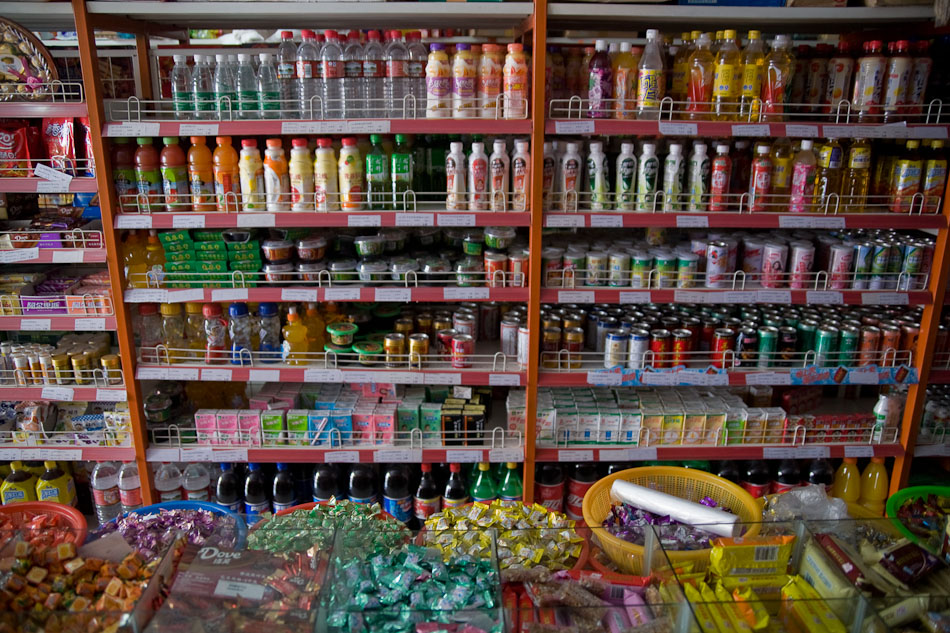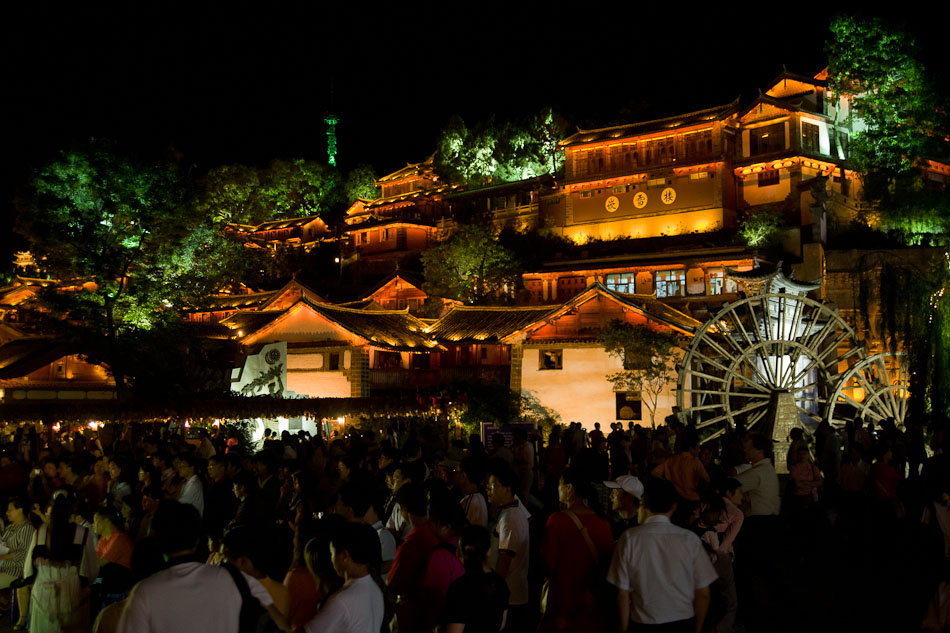The first major leg of my Kunming to Tashkent journey came to a close yesterday after safely arriving in Lhasa. For eight days I rode along the haphazard roads of eastern Tibet, crossing passes reaching over 17,000 feet and dropping into subtropical gorges with glaciated massifs rising over verdant slopes. The area, traditionally known as Kham, spouts some of the most pivotal rivers in Asia – the Mekong, Yangzi, and Salween all find their headwaters amidst this geologically variegated landscape. Stunning vistas aside, Kham also represents one of the last frontiers in Tibet that the Chinese state has keenly targeted for development as described in its Tibet’s March Toward Modernization report commemorating the “50th anniversary of the peaceful liberation of Tibet” in 2001.
The preamble from Tibet’s March Toward Modernization:
Modernization has been an important issue confronting countries and regions worldwide in modern times. Since the invasion of the Western powers in the mid-19th century, it has been the most important task of the people of all ethnic groups in China, the Tibetan people included, to get rid of poverty and backwardness, shake off the lot of being trampled upon, and build up an independent, united, strong, democratic and civilized modern country. Since the founding of the People’s Republic of China in 1949, and especially since the introduction of reform and opening to the outside world, the modernization drive in China has been burgeoning with each passing day, and achieved successes attracting worldwide attention. China is taking vigorous steps to open even wider and become more prosperous. China’s Tibet, with its peaceful liberation in 1951 as the starting point, has carried out regional ethnic autonomy and made a historical leap in its social system following the Democratic Reform in 1959 and the elimination of the feudal serf system. Through carrying out socialist construction and the reform and opening-up, Tibet has made rapid progress in its modernization drive and got onto the track of development in step with the other parts of the country, revealing a bright future for its development.
This year is the 50th anniversary of the peaceful liberation of Tibet. Looking back on the course of modernization since its peaceful liberation, publicizing the achievements in modernization made by the people of all ethnic groups in Tibet through their hard work and with the support of the Central Government and the whole nation, and revealing the law of development of Tibet’s modernization – these will contribute not only to accelerating the healthy development of Tibet’s modernization but also to clearing up various misunderstandings on the “Tibet issue” in the international community and promoting overall understanding of the past and present situations in Tibet.
While the Chinese state’s continual insistence on referring to their militant subjugation of Tibet as a “peaceful liberation” remains dubious at best, their reference to a “law of development” guiding Tibet’s modernization now appears just as disconcerting. Imposing a socioeconomic developmental aim and spinning it as theoretically indubitable is overbearing in the extreme, especially as it begins to lock Kham into a consumer cycle of wage earning and spending. Activists might continue to push the Chinese state for a truly autonomous Tibet, but the real transformation is well underway as commercial goods slip in with the paved roads slowly branching between Lhasa, Kunming, and Chengdu.
These stable trucking routes established commodity markets replete with utilitarian products such as plastic washbasins, kitchen utensils, tools, and the now requisite electric blender used for churning various yak products. Thoroughfares in major Kham towns were lined with shops purveying such goods – provincial youths would walk amongst them in awe while local residents blithely smoked cigarettes and busied themselves with cell phones. Even though many of these implements represented a substantial benefit for many rural families, they also cloaked the arrival of less vital commodities slowly working their way onto store shelves. Traditional wool-lined overcoats now gathered dust behind overpriced t-shirts showcasing Western name brands.
As the trip continued toward Lhasa it became clear that this “law of development” aimed to prop up commercial markets reliant on more centralized economic systems that, in turn, were dependent on subsidies provided by the Chinese state. The towns I passed in the most advanced stages of development, such as Pomi and Bayi, were flooded with supermarkets, designer clothing stores, beauty parlors, and upscale restaurants. These products and services engender a consumer-oriented dependency that the Chinese state finds easy to manipulate or threaten to withdraw. In the end, I cannot help but see the Chinese state’s “law of development” as an important tool for incorporating Kham into its own particular standard and vision of socioeconomic development that essentially undermines any semblance of ethnic autonomy within the region.
While this growth certainly benefits impoverished areas at first, its adverse effects become even more drastic as the commercial boom continues to attract and largely benefit immigrating Han Chinese who have the requisite business skills to take advantage of free market reforms. Their presence is growing by the year and already dominates major urban centers such as Lhasa and Shigatse. Many Tibetans already feel left behind despite promises of a “bright future” by the Chinese state. Continued grumbling about the lack of autonomy and political reform in Lhasa now seems irrelevant as the Chinese state’s “law of development” draws rural Tibet into homogenizing consumer trends already sweeping across mainland China.



